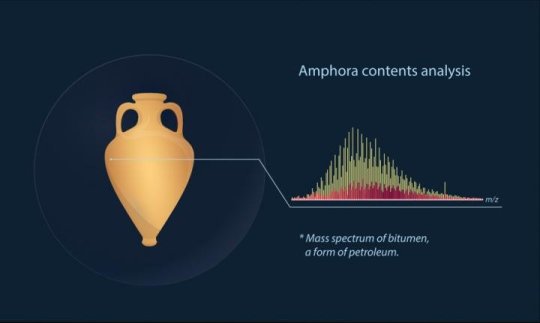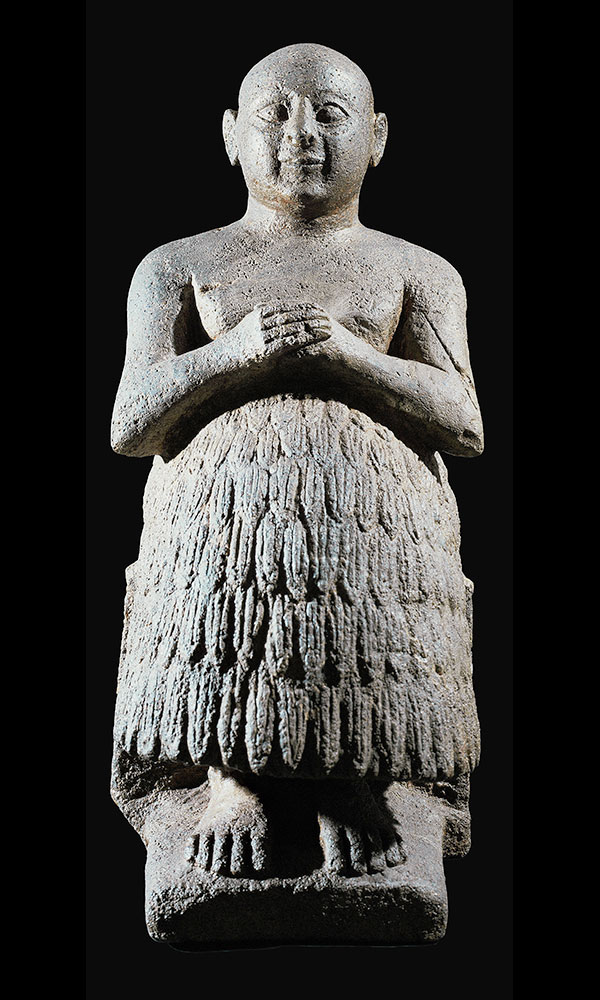
MOSCOW, RUSSIA—Scientists led by a team from the Moscow Institute of Physics and Technology (MIPT) used ultrahigh-resolution mass spectrometry to analyze oxygen molecules in bitumen samples taken from a fifth-century B.C. amphora found near the Black Sea. According to Greek Reporter, the ancient Greeks used bitumen in construction, medicine, and warfare. The researchers think this amphora may have been used to collect bitumen on the Taman Peninsula, where there are petroleum seeps. The amount of oxygen in the sample from the amphora suggests that it had been exposed to ozone and had been degrading for about 2,500 years. Evgeny Nikolaev, head of MIPT’s Laboratory of Ion and Molecular Physics, explained that this analysis of ancient bitumen has helped scientists understand how petroleum changes over long periods of time. He added that the use of ultrahigh-resolution mass spectrometry could help archaeologists learn more about goods and trade routes in the ancient world. For more on the study of amphoras, go to "Trash Talk."











